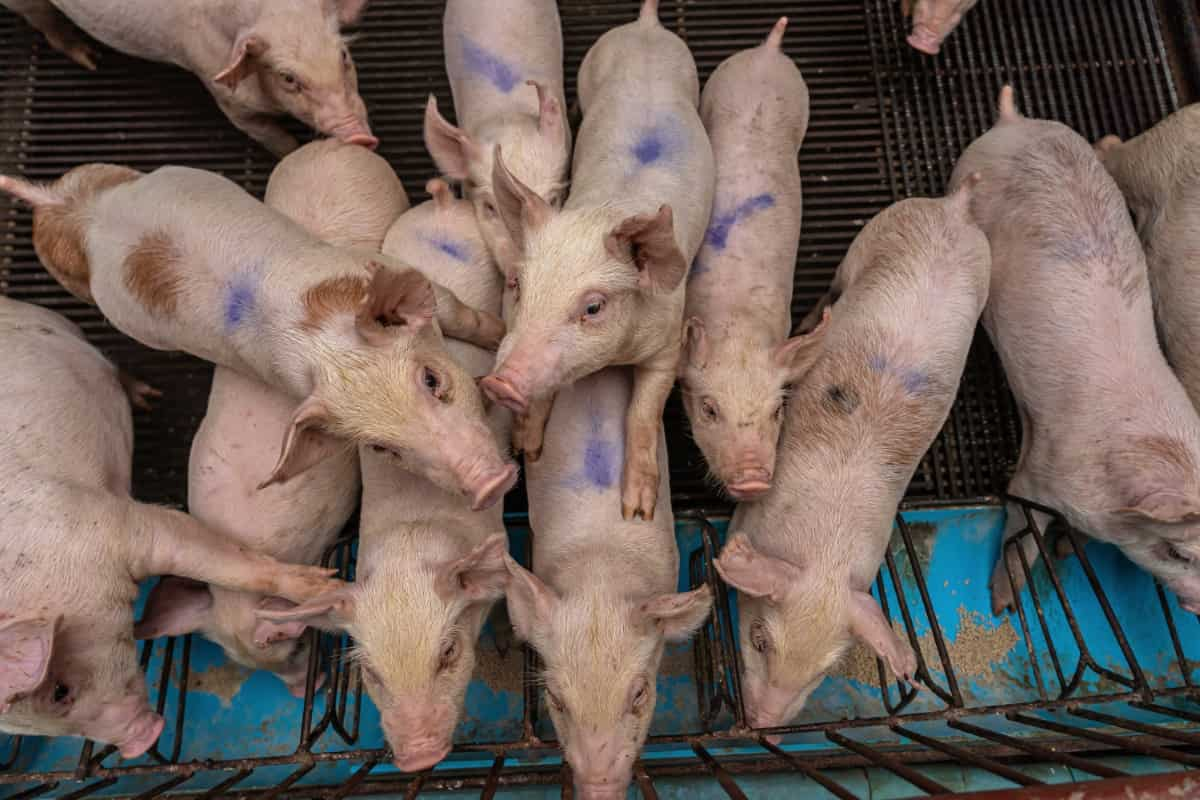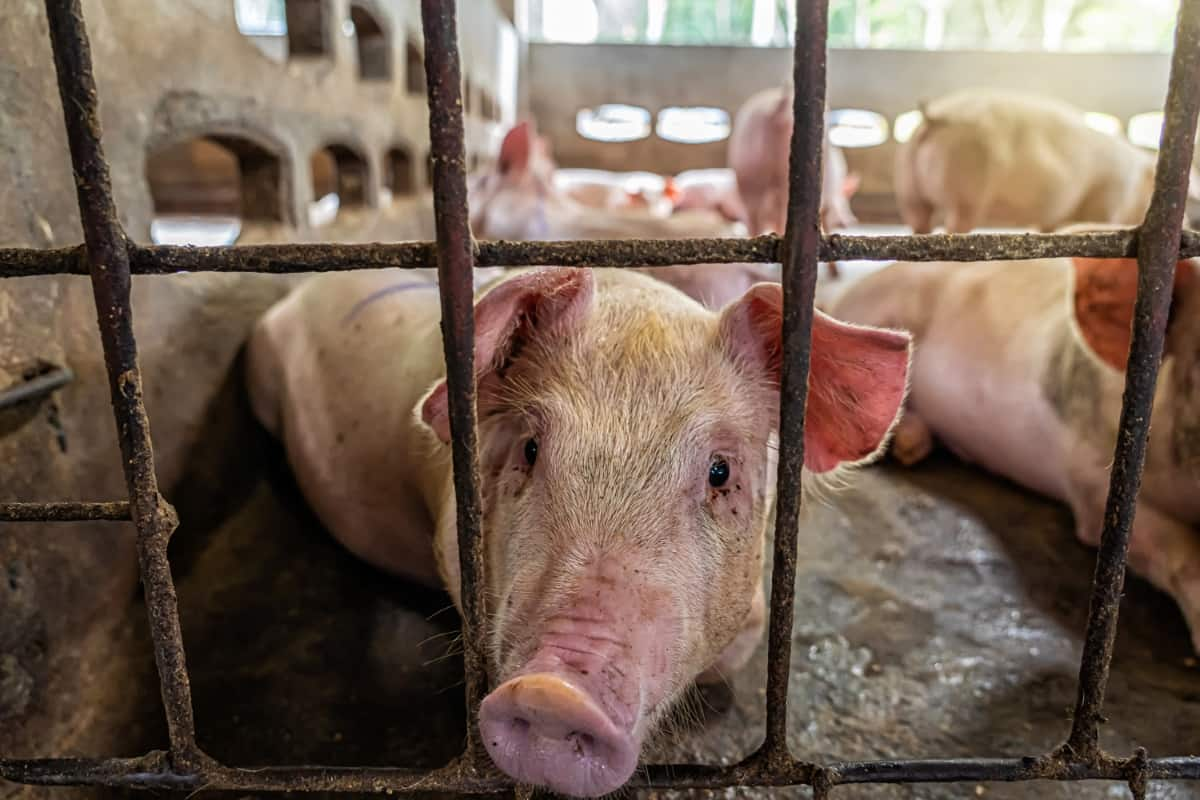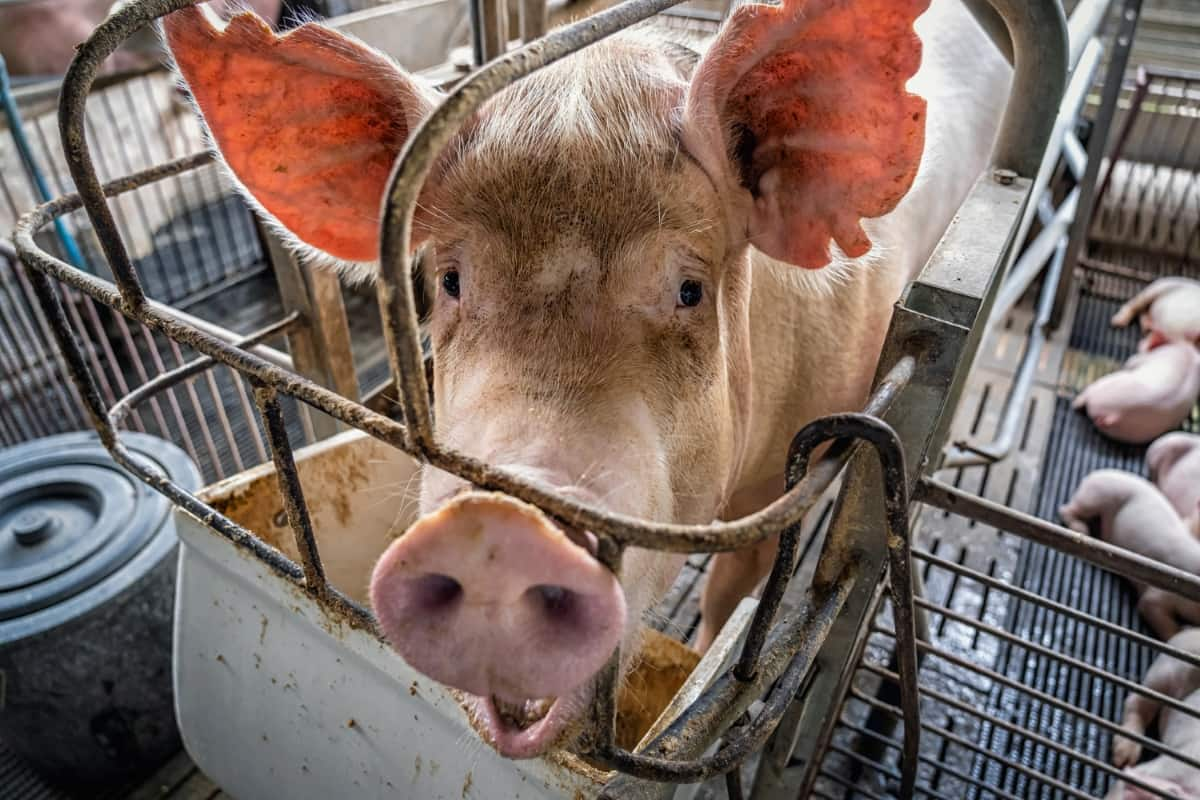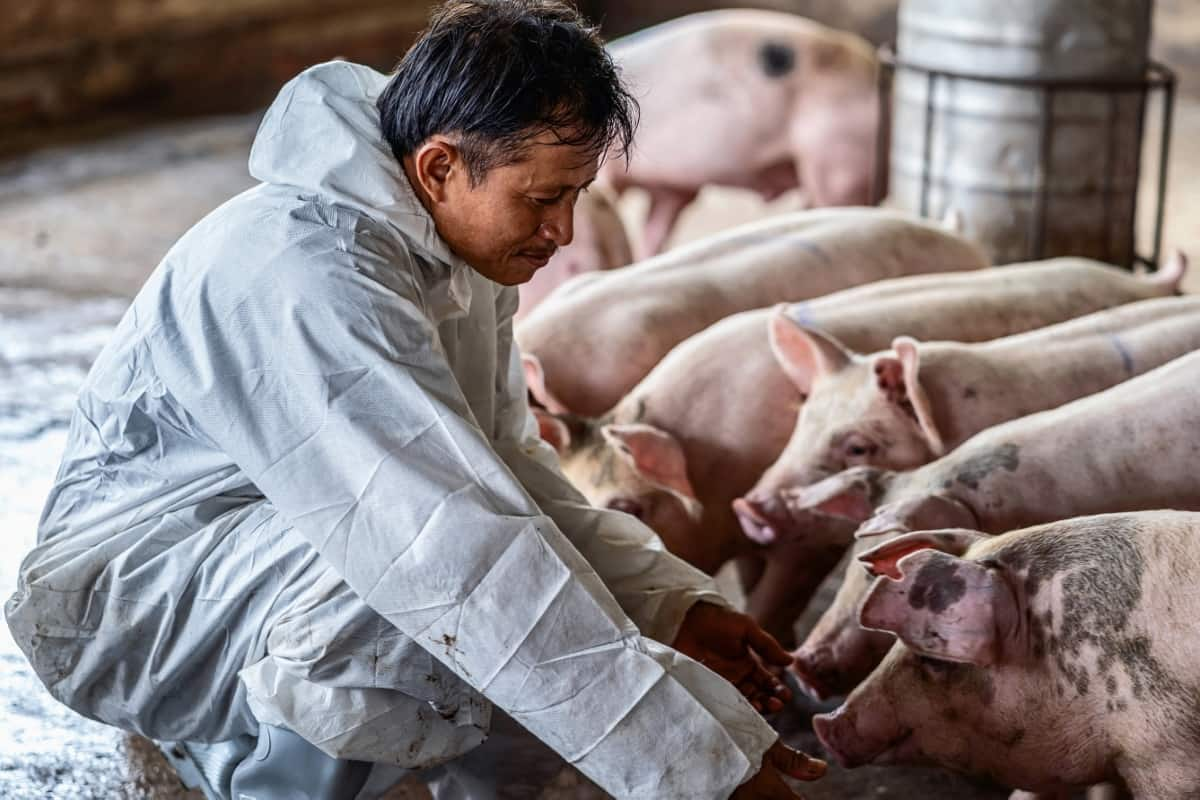Pig breeding, a venture rich in tradition and potential, offers an intriguing opportunity for entrepreneurs and farmers alike. This comprehensive exploration delves into the myriad aspects that shape the economics of pig breeding, from initial investments to long-term operational costs. As we navigate through the complexities of this field, we’ll examine critical components like feed and veterinary expenses, labor management, infrastructure needs, and the nuances of marketing and risk management.

Pig Breeding Cost and Profit
Initial Investment in Pig Breeding: Understanding the Costs Involved
The journey into pig breeding begins with an initial investment, a critical step for anyone considering a pig farming project for bank loan or drafting a pig farming project proposal. This phase involves costs like acquiring breeding stock, setting up housing facilities, and buying necessary equipment. When you think of starting even a small-scale piggery project, it’s important to consider the breed, age, and quality of the pigs, as these factors influence the cost, which averages around $500 per pig.
Infrastructure is another major consideration. Whether you’re renovating existing facilities or building new ones, the expenses can be substantial. For a modest operation, expect to invest about $10,000 in housing and equipment. This stage lays the groundwork for your venture, aligning closely with the objectives of a piggery project, ensuring a strong foundation for the business to grow and thrive.
Calculating the Long-Term Expenses of Pig Breeding
Long-term expenses in pig breeding are ongoing and must be carefully managed for the success of your piggery project proposal. These include feed, veterinary care, labor, and utility costs, all essential for maintaining healthy and productive pigs. Feed, a significant expense, depends on the type, market prices, and quantity needed, averaging around $300 per pig annually.
Veterinary costs, which encompass vaccinations, routine health checks, and emergency care, can add another $100 per pig each year. Labor costs vary based on whether you hire staff or manage the farm yourself. Utilities, another vital aspect, ensure the smooth operation of the facilities. These expenses are pivotal in drafting a pig farming project proposal and are crucial for anyone seeking a pig farming project for bank loan approval.
Evaluating the Profit Potential of Pig Breeding Operations
Understanding the profit potential of pig breeding is central to developing a successful business model. This involves analyzing the revenue streams, primarily from the sale of piglets or market-weight pigs. The selling price can fluctuate based on market demand and quality, with an average market-weight pig selling for around $300.
In case you missed it: Sustainable Waste Management in Pig Farms: Turning Challenges into Opportunities

The profitability hinges on factors like litter size, with a sow typically producing two litters per year, each ranging from 8 to 12 piglets. This can translate to significant revenue, approximately $1,600 to $2,400 annually, from piglet sales alone. For a small-scale piggery project, these figures provide a realistic expectation of the income potential, integral to a piggery project proposal.
The Impact of Feed Costs on Pig Breeding Profitability
Feed costs significantly impact the profitability of pig breeding operations. As one of the largest operational expenses, the type and price of feed, coupled with the number of pigs, can considerably affect the bottom line. Average feed costs can reach up to $300 per pig annually, a substantial portion of the overall expenses.
Efficient feed management and cost-effective sourcing are crucial for maintaining profitability. This aspect is especially important in drafting a pig farming project proposal or when calculating projections for a pig farming project for bank loan purposes, where accurate cost assessment is vital.
Infrastructure and Equipment Costs in Pig Breeding
Infrastructure and equipment form the backbone of pig breeding operations, entailing considerable investment. This includes the cost of constructing or renovating pig housing, along with purchasing essential equipment like feeders and waterers. For a small-scale operation, initial infrastructure costs can be around $10,000. These costs are fundamental in planning and executing a pig farming project proposal and are critical considerations for anyone seeking a pig farming project for bank loan approval.
Labor and Management Expenses in Pig Breeding Operations
Labor and management are pivotal in running a successful pig breeding operation. Depending on the scale, you might manage the farm yourself or hire additional staff, significantly impacting the operational costs. Efficient labor management is essential, as it affects not only the financial aspects but also the overall productivity and welfare of the pigs. This factor is critical in the objectives of a piggery project, influencing both the day-to-day operations and the long-term sustainability of the business.
Health and Veterinary Care Costs in Pig Breeding
The health and well-being of the pigs are paramount in breeding operations, with veterinary care costs playing a crucial role. These expenses include vaccinations, medications, routine health checks, and emergency care, amounting to around $100 per pig annually. Ensuring good health not only impacts the pigs’ quality of life but also directly affects the profitability and viability of the operation.
In case you missed it: The Pig Fattening Process: Methods, Feed Formula, and Cost

This aspect is particularly important when formulating a piggery project proposal or assessing the financial feasibility of a pig farming project for a bank loan. Effective health management is essential for the success of any pig breeding enterprise.
Marketing and Distribution Costs for Pig Breeding Products
When diving into pig breeding, an essential aspect often overlooked is the marketing and distribution of products. Marketing may involve advertising, attending agricultural shows, or online promotions, which are essential for reaching potential buyers. Distribution costs, on the other hand, include transportation and logistics to deliver pigs to markets or direct buyers.
These expenses are crucial for a successful pig farming project, particularly for those drafting a pig farming project proposal or planning a small-scale piggery project. Effective marketing and efficient distribution are key to maximizing profits and ensuring the sustainability of the venture.
Risk Management and Insurance Costs in Pig Breeding
Risk management and insurance are critical components in pig breeding, often required for a comprehensive pig farming project proposal or when seeking a pig farming project for bank loan approval. These costs provide a safety net against unforeseen circumstances such as disease outbreaks, natural disasters, or market fluctuations. Insurance can cover various aspects of the operation, from the health of the pigs to property and equipment. The cost of insurance will depend on the coverage extent and the specific risks associated with your operation.
Assessing the Overall Financial Viability of Pig Breeding Ventures
The overall financial viability of pig breeding ventures is a culmination of all the factors discussed, from initial investment to long-term operational costs and risks. It requires a thorough analysis of expenses, such as feed, veterinary care, labor, infrastructure, marketing, and insurance, against potential revenue streams from the sale of pigs.
In case you missed it: How to Build a Pig Pen with Pallets in 10 Steps: Requirements for Low-Budget

This assessment is crucial, especially in the context of a pig farming project proposal or when considering a pig farming project for bank loan applications. A successful pig breeding operation not only covers its costs but also generates a reasonable profit, contributing to the local economy and providing a sustainable livelihood for the farmer.
Conclusion
Embarking on a pig breeding venture is not just about managing livestock; it’s a multifaceted business demanding careful planning and astute financial management.
- Feed Your Flock for Less: Top 10 Tips to Save on Chicken Feed
- Ultimate Guide to Ossabaw Island Hog: Breeding, Raising, Diet, and Care
- Hatching Answers: The Top 10 Reasons Your Chickens Aren’t Laying Eggs
- Eggs and Economics: Breaking Down the Cost of Raising Backyard Chickens
- Defend Your Greens: Proven Methods to Keep Iguanas Out of Your Garden
- Ultimate Guide to Cinnamon Queen Chicken: A Comprehensive Guide for Beginners
- Ultimate Guide to California Tan Chicken: Breeding, Raising, Diet, Egg-Production and Care
- Ultimate Guide to Marsh Daisy Chicken: Breeding, Raising, Diet, and Care
- 10 Types of Chicken Farming Businesses You Can Start for Profits